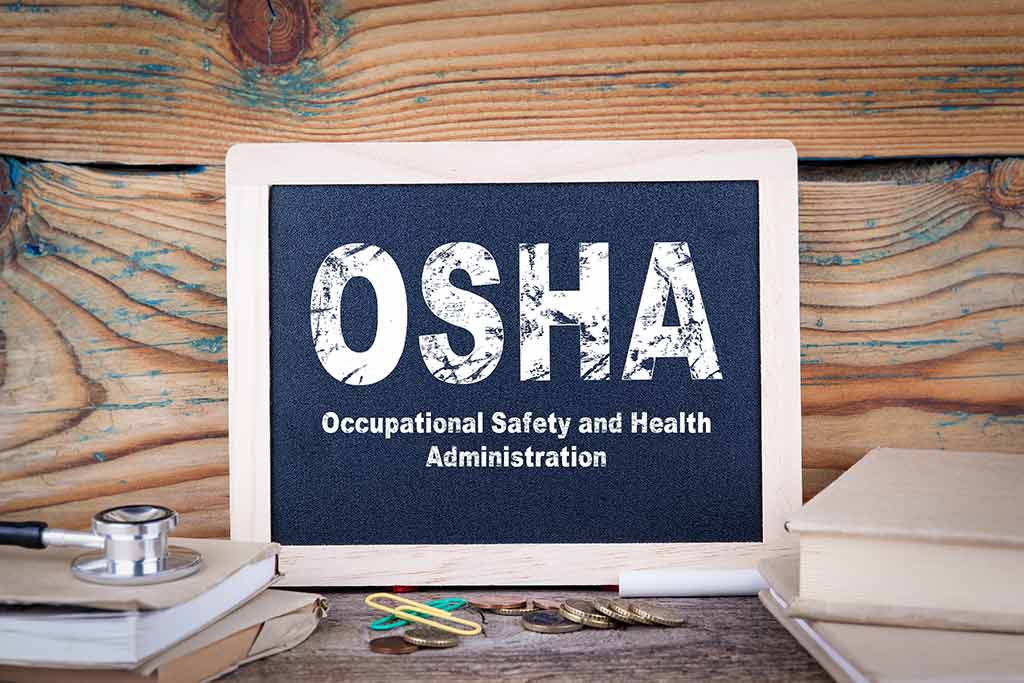Confined Space Entrant & Attendant
This comprehensive one-day course is designed to equip participants with the necessary skills and understanding to safely navigate these high-risk environments
Confined Space Entrant & Attendant
Working in confined spaces poses unique challenges and risks, often requiring specialized knowledge and safety protocols. This comprehensive one-day course is designed to equip participants with the necessary skills and understanding to safely navigate these high-risk environments. It emphasizes the importance of recognizing, understanding, and controlling hazards to ensure the safety of workers both within and around confined spaces.
The course is particularly relevant for those who are likely to serve as attendants or entrants in confined spaces at their worksite. It aims to develop a thorough understanding of the risks associated with confined spaces and the best practices for ensuring safety.
Course Methodology The course employs a multifaceted instructional approach, blending various teaching techniques to cater to diverse learning styles. These include:
- Challenge questions to stimulate critical thinking
- Workbook exercises for reinforcing concepts
- In-depth case studies providing real-world context
- Practical learning applications for hands-on experience
This dynamic approach ensures a deep and lasting understanding of the course material.
Target Audience This course is ideal for professionals who might need to serve as an attendant or enter a confined space, including safety officers, supervisors, and workers who operate in environments with confined spaces. The course content is tailored to provide an engaging and effective learning experience for individuals with varying levels of prior knowledge.
Extended Course Overview
- Confined Space Identification: Techniques for identifying and classifying confined spaces.
- Hazard Categories: Understanding the different types of hazards associated with confined spaces, including atmospheric and physical dangers.
- Respecting Confined Spaces: Emphasizing the seriousness of confined space risks and the importance of following protocols.
- Confined Space Oversight: Exploring the regulatory and organizational frameworks governing confined space work.
- Roles and Responsibilities: Detailed analysis of the roles of attendants and entrants, including supporting roles and their specific duties.
- Hazard Controls: Strategies and methods for mitigating risks in confined spaces.
- Testing and Normalizing Atmospheres: Techniques for atmospheric testing and ensuring safe conditions.
- Emergency Response: Preparing for and effectively managing emergency situations in confined spaces.
- Permitting: Understanding the permit process and its importance in confined space entry.
- Pre-entry and Post-entry Protocols: Procedures to follow before entering and after exiting a confined space.
Course Outcomes Upon completion, participants will be able to:
- Identify and assess risks in confined spaces.
- Apply effective control measures to mitigate risks.
- Understand and perform the roles of attendant and entrant safely and effectively.
- Conduct pre-entry checks and post-entry debriefs.
- Respond appropriately to emergencies in confined spaces.
- Understand and comply with permitting processes.
Duration and Certification This 8-hour program is intensive and comprehensive, providing participants with a certificate of completion, signifying their readiness to handle confined space situations safely.
Course Code The course is cataloged under Course Code: 6480, streamlining the enrollment process for individuals and organizations.
This course isn’t just about meeting compliance requirements; it’s a critical investment in the safety and well-being of employees who work in or around confined spaces.
Questions?
888-586-9495
Related Classes:
MSHA Part 48B Annual Refresher Training
MSHA Part 48B New Miner Training
CCS Safety Training’s 30-Hour General Industry Course
OSHA Outreach 30-Hour Construction Course
OSHA Outreach 10-Hour Construction Course
OSHA Outreach 10-Hour General Industry Course
Why On-site Training?
In the critical moment of accountability, when facing an OSHA inspector after an incident, how do you want to define your company’s commitment to safety? Would you prefer to admit to just meeting basic requirements through online videos, or proudly affirm that your company went above and beyond by investing in on-site, OSHA-certified trainers? Choose the path that not only enhances safety but also demonstrates your unwavering dedication to your employees’ well-being and compliance with the highest standards.
Hands-On Experience
On-site training allows for practical, hands-on learning experiences. This is particularly important for safety training, where physical demonstration and practice of safety procedures can be crucial.
Immediate Feedback and Interaction
Real instructors can provide immediate feedback and clarification. This interactive environment can enhance understanding and retention of safety protocols.
Customization to Specific Worksite Needs:
On-site trainers can tailor the training to the specific hazards and safety requirements of the workplace. This ensures that the training is directly relevant and applicable to the employees’ daily tasks.
Building a Safety Culture
Having an instructor physically present emphasizes the importance of safety in the workplace. It can help in fostering a culture of safety among the employees.
Enhanced Engagement
Physical presence of an instructor can lead to higher levels of engagement and participation. Employees are more likely to ask questions and interact in a live setting.
Observation of Workplace Practices
Instructors can observe the current practices and behaviors in the workplace, providing specific, contextual advice and adjustments to improve safety.
Team Building
On-site training can also serve as a team-building exercise, strengthening the teamwork skills necessary for effective safety practices.
Compliance with Specific OSHA Requirements
Certain OSHA training requirements may be more effectively met through on-site training, especially where practical demonstrations are required.
Reducing Miscommunication
Face-to-face training reduces the risk of miscommunication which can occur in online formats, ensuring clearer understanding of safety procedures.
Adaptability and Flexibility
On-site trainers can adapt their teaching style and content on the fly, based on the response and needs of the attendees.
Immediate Resolution of Queries
Any doubts or queries can be immediately addressed and resolved by the instructor, which is not always possible in online formats.
Networking and Sharing Experiences
Employees can share their experiences and learn from each other’s safety practices and incidents, fostering a collaborative learning environment.
Ensuring Engagement and Attendance
Physical presence in a training session ensures that employees are actually participating and attentive, as opposed to online training where engagement can be harder to monitor.
Motivation and Morale:
The investment in on-site training can boost employee morale, showing that the company values their safety and well-being.
Addressing Language and Literacy Barriers
On-site training can be more effectively modified to address language and literacy barriers among workers, ensuring that all employees receive the training they need.













